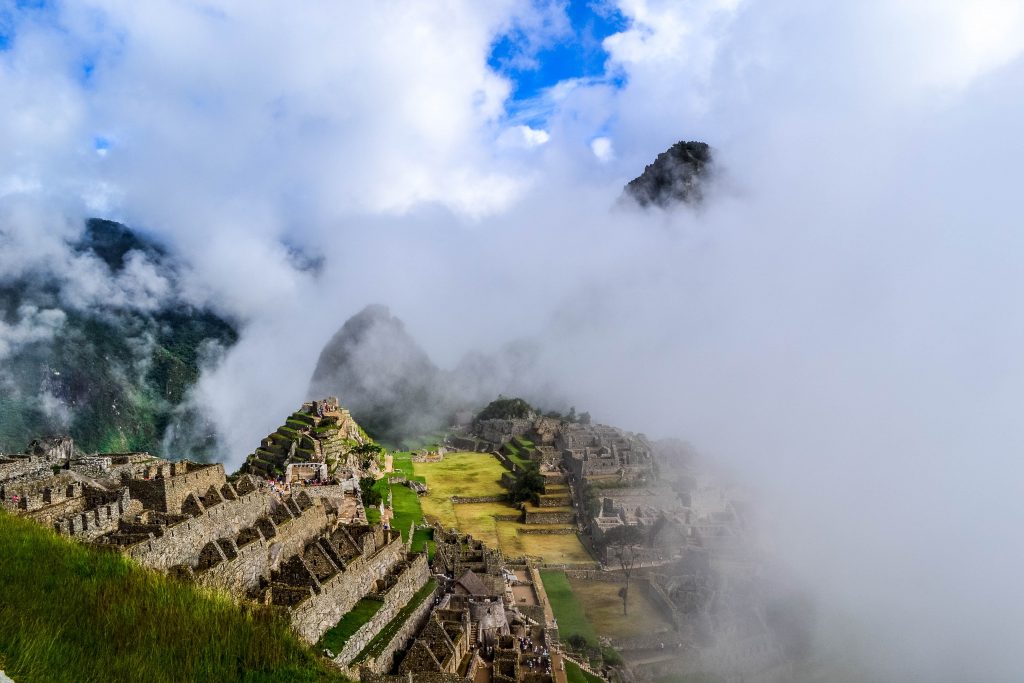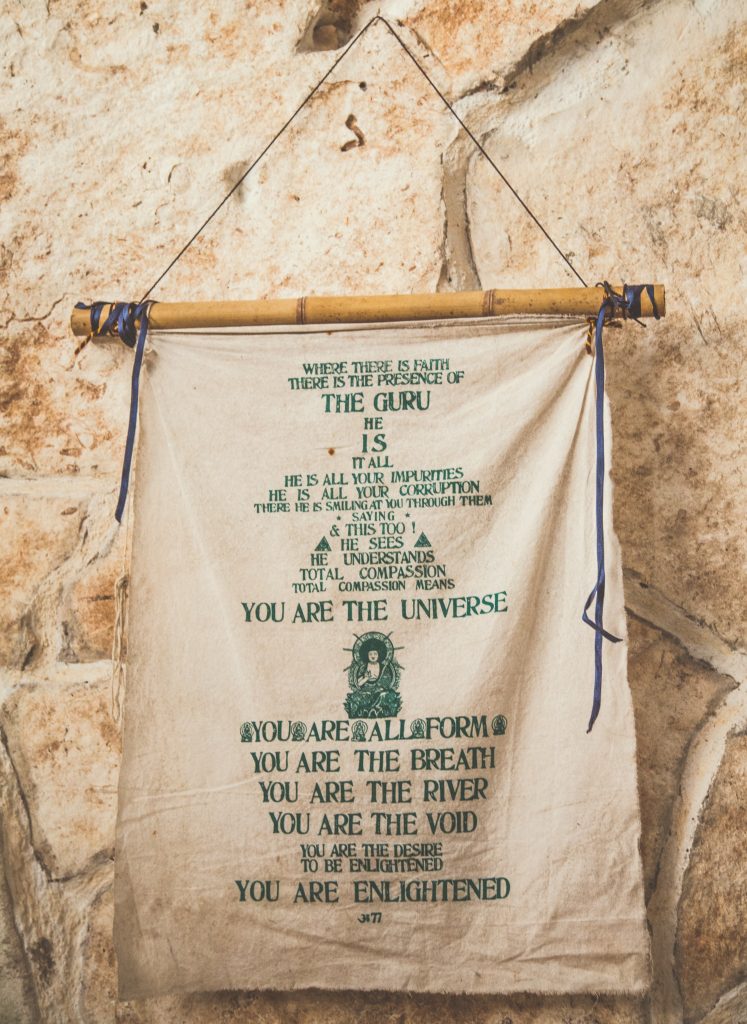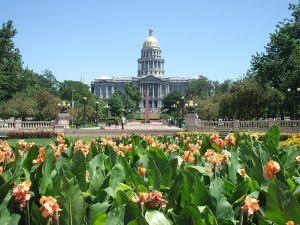Thousands of mushrooms grow in nature, so why does having certain kinds of mushrooms label you as a criminal by some standards? Why are shrooms illegal in many countries when for thousands of years they were revered and celebrated by civilizations all over the world?
A quick dip into history shows that those who had power over other groups always tried to suppress their culture and even religious and spiritual beliefs in order to control them.
From religious repression to controlling minority populations through systemic racism, there’s more than meets the eye with legislation about legal mushrooms.
There are ways to reap the benefits of psilocybin without experiencing a psychedelic trip. Apply for microdosing and through trusted third-party suppliers, we’ll help you find the dose that is right for you and your self-healing journey.
How Legal Mushrooms Became a Drug in the Americas
 Archaeological evidence through cave paintings in Northern Africa show that early humans were likely already consuming psilocybin mushrooms as far back as 9000 years ago. But the use of hallucinogenic plants and fungi for ritual use is best preserved and documented in Mesoamerica with the discovery of the Popol Vuh, an ancient Mayan and Aztec religious text.
Archaeological evidence through cave paintings in Northern Africa show that early humans were likely already consuming psilocybin mushrooms as far back as 9000 years ago. But the use of hallucinogenic plants and fungi for ritual use is best preserved and documented in Mesoamerica with the discovery of the Popol Vuh, an ancient Mayan and Aztec religious text.
The term “Aztec” is a modern invention used to describe the tribes that made up the Mexica Kingdom. Many murals also depict various Aztec gods and deities with hallucinogenic mushrooms which were called teonanácatl, or “flesh of the gods.”
Codices which survived the mass book burnings of the Spanish clergy describe how psilocybin were “legal mushrooms” used for coronations, religious ceremonies, and even rituals of human sacrifice and public and private bloodletting which was a daily practice in Aztec life.
Even though ritual animal and human sacrifice was central to the lives of the Aztecs it wasn’t until the Spanish arrived in the 16th century that the entire civilization was devastated in a short span of time.
In 1521, the Aztec Empire was all but decimated by the conquistadors. It became easy for the Spanish clergy that followed to forcibly convert the scattered remaining tribes into Catholicism. It was during this time that teonanácatl was banned and their use in religious ceremonies went underground.
Psilocybin wasn’t the only psychedelic plant that the Spanish conquistadors tried to take away from the Original Peoples of Central and South America. They also tried to stop the practice of using San Pedro and Passionflower in ceremony.
But this isn’t the first time in history that psychedelic substances were made illegal by a religious ruling class.
Psychedelic Ritual and Religion in Ancient Europe
 In the Greco-Roman world Elusius was a town central to the Mystery religion. The central goddesses of this religion were Demeter and Persephone and one of the rituals in this religion was performed over nine days in September when initiates had to walk from Athens to Elusius while drinking kykeon.
In the Greco-Roman world Elusius was a town central to the Mystery religion. The central goddesses of this religion were Demeter and Persephone and one of the rituals in this religion was performed over nine days in September when initiates had to walk from Athens to Elusius while drinking kykeon.
This drink was even enjoyed by great philosophers like Aristotle, Cicero, Plato, Socrates, and Pythagoras who wrote positively about their trips. It is hypothesized that kykeon contained an LSD-like compound made from ergot.
When Christianity was declared the official religion of the Roman Empire in 395 AD, the Eleusinian Mysteries and kykeon became illegal.
Bringing Shrooms out of the Darkness
In 1951 R. Gordon Wasson was the first westerner to go to Mexico and attend a psilocybin ceremony.
Wasson also brought back specimens of the psilocybin used in the ceremony and Albert Hoffman, who was also the first to extract LSD from ergot fungus, was able to isolate and identify psilocybin and psilocin.
Wasson wrote about it in LIFE Magazine in an article the editor at the time entitled, “Seeking the magic Mushroom.” The term “magic mushroom” was born.
This article sparked a psychedelic renaissance and legitimized the use of shrooms for spiritual rituals. Timothy Leary, one of the earliest researchers of psychedelics along with Richard Alpert (who later changed his name to Ram Dass), read Wasson’s article and began experimenting with them at Harvard University.
 Magic Mushrooms became a symbol of the Hippie movement in the 1960s and 70s.
Magic Mushrooms became a symbol of the Hippie movement in the 1960s and 70s.
But it was Terrence McKenna who did the most to make magic mushrooms go mainstream in U.S. pop culture. He and his brother published the book “Psilocybin: Magic Mushroom Grower’s Guide,” in 1976 which taught people how to cultivate shrooms at home.
Psychedelics helped bring the hippie generation towards an understanding of peace, love, and anti-war sentiments. But the benefits of psilocybin can also be had without the psychedelic effects. Apply for microdosing to see how this ancient healer can help your journey.
Why are Shrooms illegal?
In 1970, President Richard M. Nixon signed the Controlled Substances Act which was part of a long campaign on the War on Drugs.
Psilocybin was labeled as a Schedule I drug. Lumped together in the same category as heroin, cocaine, and other drugs which were deemed dangerous, had a high risk for addiction and little medical benefits.
But, as ancient civilizations already knew, and as even research in the 1960s were beginning to reveal, psilocybin, and other so-called drugs that were categorized as Schedule I, actually do not have a high risk for addiction, and indeed, do have medicinal and therapeutic value.
In recent decades, psilocybin therapy has been used successfully in clinical trials to treat depression, anxiety, and addiction for people with Stage 3 and 4 progressive cancer.
From plants that were revered as children of the gods, how did magic mushrooms become a Schedule I drug?
Nixon had an ulterior motive for declaring a war on drugs.
In a 1994 interview published in Harper magazine with Nixon’s domestic policy chief, John Ehrlichman, it came to light that Nixon considered two demographics his real enemies: the anti-war left and black people.
Ehrlichman shared in the interview:
“We knew we couldn’t make it illegal to be either against the war or black, but by getting the public to associate the hippies with marijuana and blacks with heroin, and then criminalizing both heavily, we could disrupt those communities. We could arrest their leaders, raid their homes, break up their meetings, and vilify them night after night on the evening news. Did we know we were lying about the drugs? Of course, we did.”
How Laws and Views on Psilocybin are Changing
 Are mushrooms illegal in the US? Decriminalization is the first step towards broader legalization. Which is what many cities in the US have been doing for cannabis and psilocybin.
Are mushrooms illegal in the US? Decriminalization is the first step towards broader legalization. Which is what many cities in the US have been doing for cannabis and psilocybin.
Just like Denver was the first to decriminalize cannabis, it was also the first US city to decriminalize magic mushrooms. If history repeats itself, legalization will not be too far behind. (In the case of recreational cannabis, it became legal in the state of Colorado seven years after Denver decriminalized it).
Currently, only three US cities have decriminalized psilocybin: Denver, Oakland, and Santa Cruz. Chicago may not be too far behind.
Elsewhere in the world, psilocybin mushrooms are completely legal in Jamaica, Samoa, and Brazil. Other countries have varying forms of legality depending on the form of the psilocybin, where it is grown, and if it is sold or for personal consumption.
Research being conducted in the Netherlands where psychedelic truffles are legal, show that microdosing on psilocybin promotes creative out-of-the-box thinking, helps the brain create new neural pathways, and improves convergent and divergent thinking processes.
Microdosing could help pave the way towards legalization and mainstream acceptance of psilocybin for medical and therapeutic use.
Conclusion
We hope this brief history on the use and control of psychedelics throughout history helps answer the question, “Are mushrooms illegal?”
But maybe the broader question should be: Should the government dictate what you can and can’t do with your brain and consciousness?
We believe that you have the power to take your self-healing journey into your own hands.
If you believe that this ancient teacher, believed to have come from the gods, is right for you, apply for microdosing and we’ll be with you every step of the way to find out the right dosage for your body type and intentions for communing with psilocybin.
